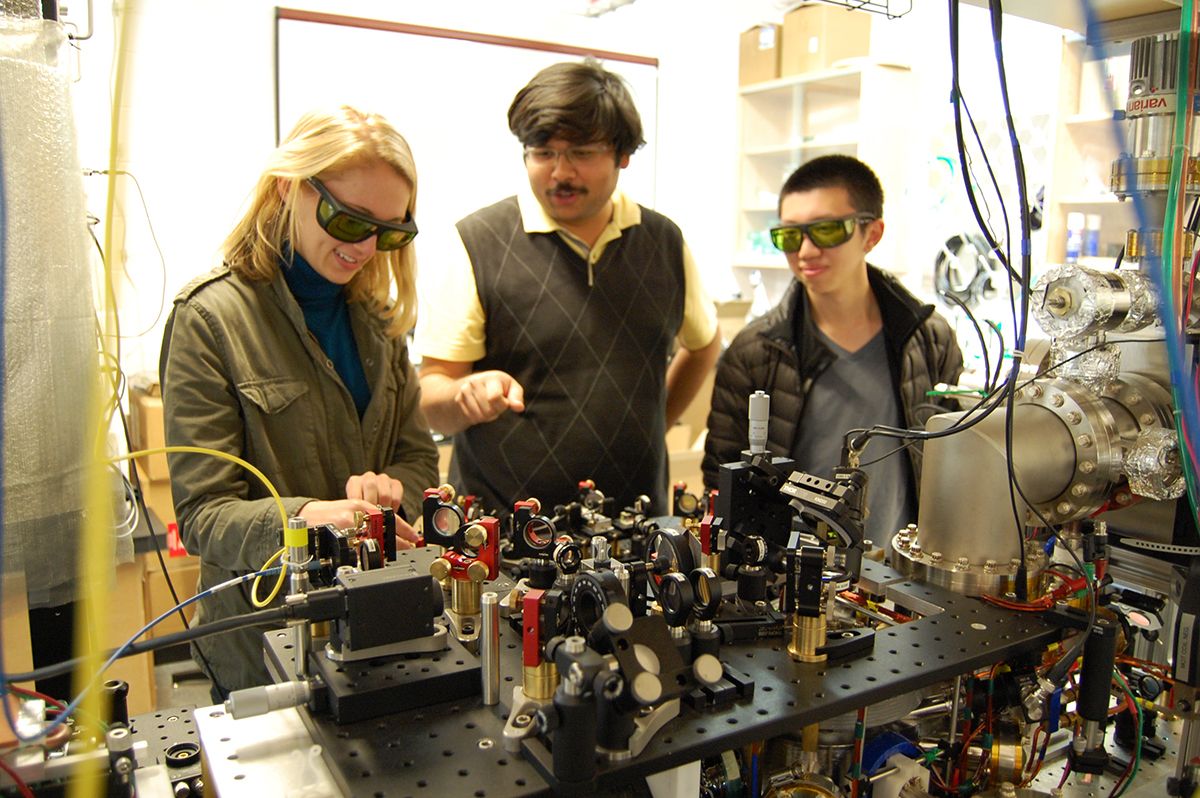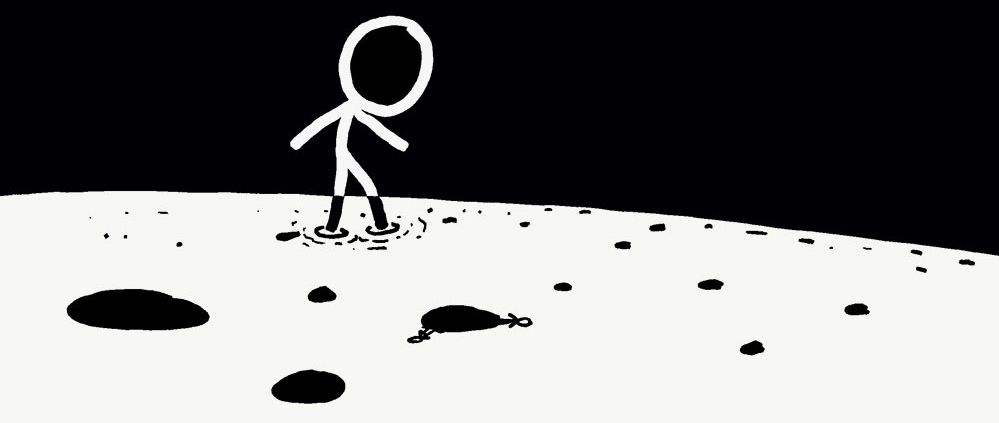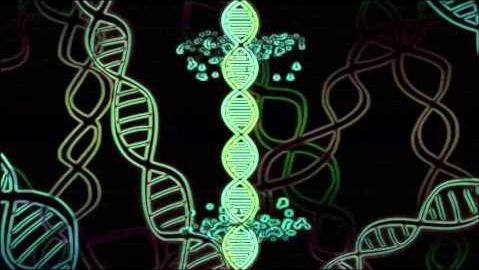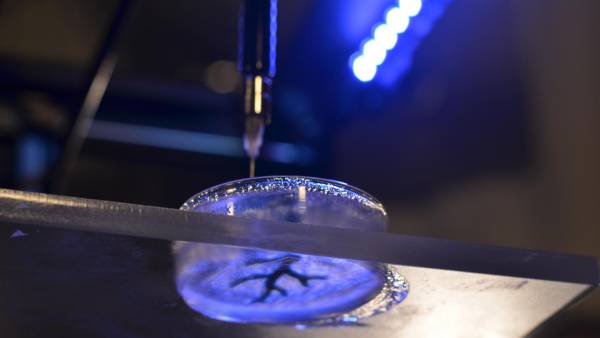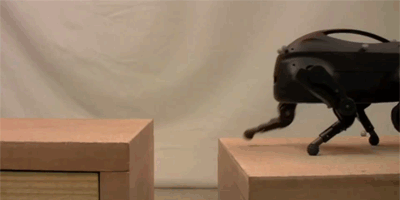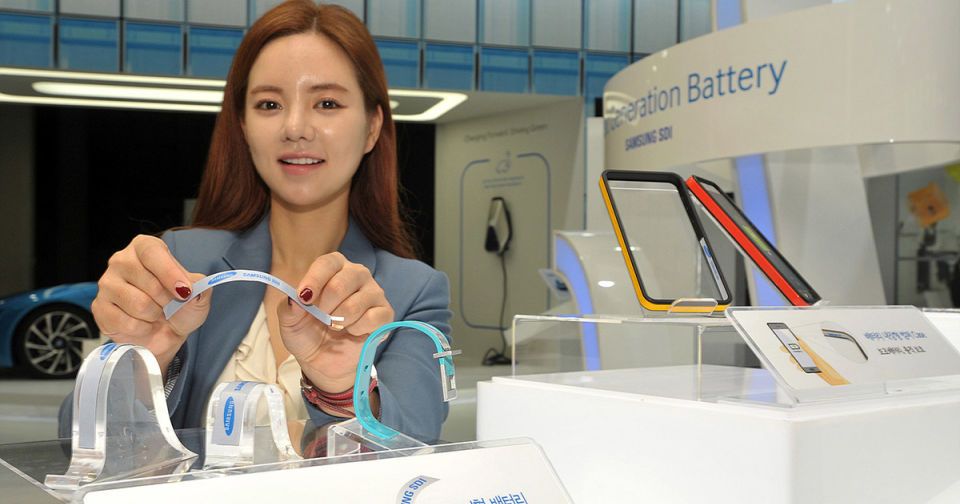Oct 26, 2015
‘Zeno effect’ verified—atoms won’t move while you watch
Posted by Josef Koch in categories: electronics, materials, particle physics, quantum physics
One of the oddest predictions of quantum theory – that a system can’t change while you’re watching it – has been confirmed in an experiment by Cornell physicists. Their work opens the door to a fundamentally new method to control and manipulate the quantum states of atoms and could lead to new kinds of sensors.
The experiments were performed in the Utracold Lab of Mukund Vengalattore, assistant professor of physics, who has established Cornell’s first program to study the physics of materials cooled to temperatures as low as .000000001 degree above absolute zero. The work is described in the Oct. 2 issue of the journal Physical Review Letters
Graduate students Yogesh Patil and Srivatsan K. Chakram created and cooled a gas of about a billion Rubidium atoms inside a vacuum chamber and suspended the mass between laser beams. In that state the atoms arrange in an orderly lattice just as they would in a crystalline solid.,But at such low temperatures, the atoms can “tunnel” from place to place in the lattice. The famous Heisenberg uncertainty principle says that the position and velocity of a particle interact. Temperature is a measure of a particle’s motion. Under extreme cold velocity is almost zero, so there is a lot of flexibility in position; when you observe them, atoms are as likely to be in one place in the lattice as another.
